When it comes to classroom management, some of the most common struggles I hear about from teachers are the lack of respect students have for their learning space, and a desire to maintain a more organized classroom. If you are struggling with these, I urge you to consider utilizing well-developed classroom jobs, and a classroom economy system.
Imagine this. After completing a job application, students can be hired for classroom jobs that require detailed responsibilities. These class jobs are designed to help boost student ownership of their learning space, and connect classroom jobs to the real world. In fact, students get paid a salary for each job, which they can save up, or spend to purchase class passes that unlock special in-class experiences.
It is entirely possible for you and your students to work together in very productive ways to create a home away from home that is enjoyed and cared for by all. Here are a few tips for developing a classroom economy system that will help you do just that.
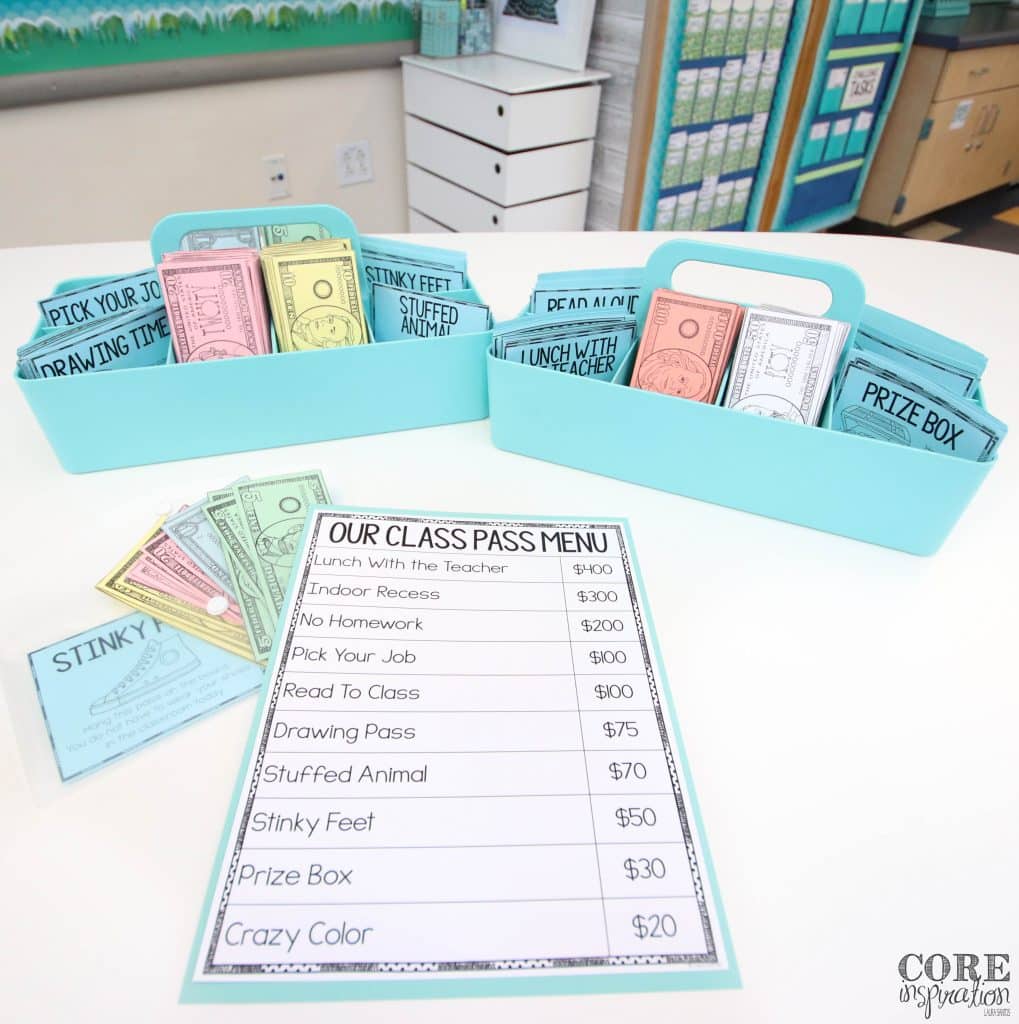
Brainstorming Your Class Jobs
Your first step is to brainstorm all the jobs you want students to complete in the classroom. As you brainstorm, try to think of all the tasks you might need to do before, during, and after school that students can help with after you train them. Creating classroom jobs that have meaning not only makes your list of tedious tasks shorter, it helps students feel they are integral contributors to the daily maintenance of a smooth-running classroom. This translates to a greater respect for classroom property, and more buy-in when you teach students how to stay organized, tidy, and efficient.
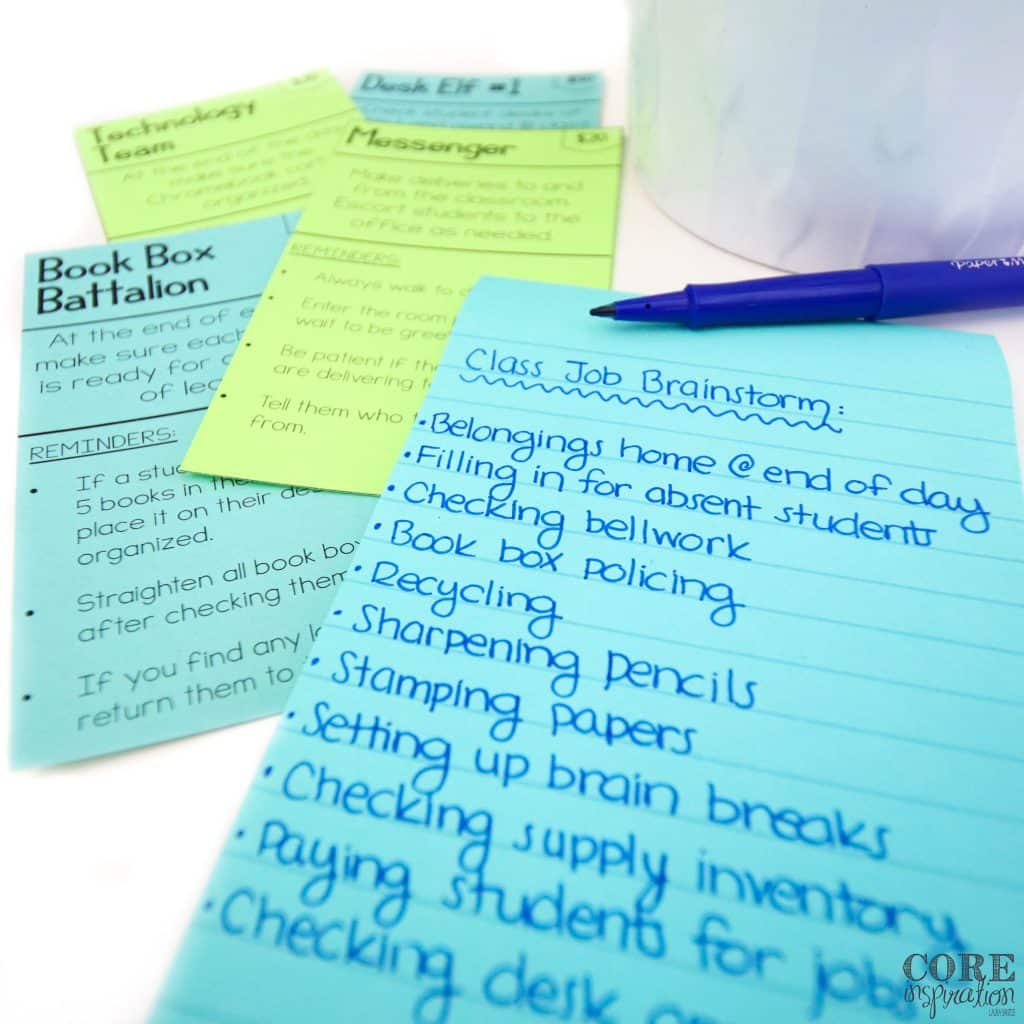
For each job on your list, create a job card that includes a job title, a weekly salary, a brief description of the job, and a list of important reminders that help students carry out the job carefully and completely. Taking the time to create more detailed job cards will make job training more productive and save you time in the long run. If you’re looking for a job card template, or a brainstorm starting point, this editable job card freebie can help.
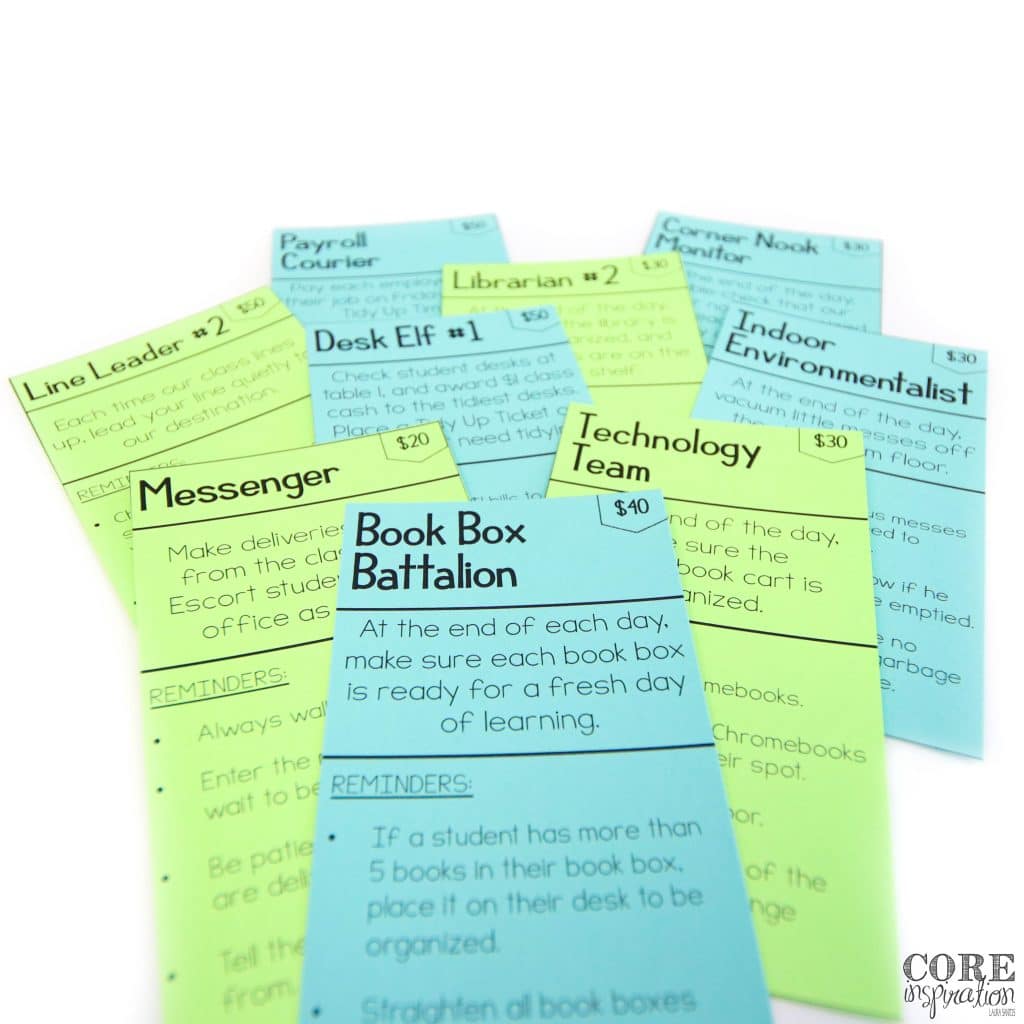
Determining How Frequently Jobs Will Rotate
After years of implementing and modifying my Editable Classroom Economy Toolkit, I highly recommend switching jobs on a monthly basis. I used to switch jobs weekly, which was very time consuming. Then, I had a a few jobs that rotated on a weekly basis, and other jobs that rotated every month which was more manageable. Now, I change all jobs on the first Monday of the month, which is a breeze.
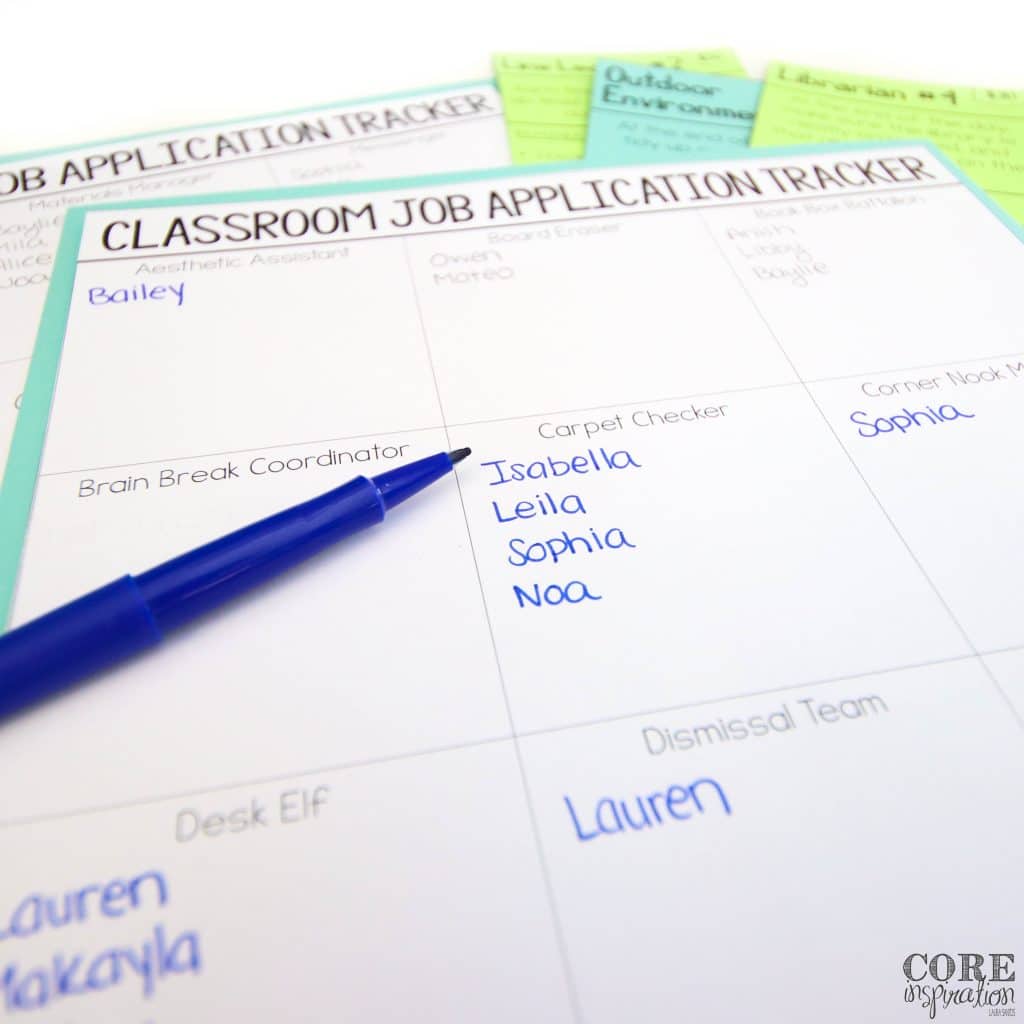
I only have to dedicate about ten minutes each month to switching job cards. If you decide to follow this rotation schedule, you will likely find students are more dedicated to their job position, and become experts at their job by the end of the month. In many cases, they may even re-apply for the same job in the months that follow.
Training Students To Complete Jobs Carefully
After your job cards are written, take time to train students on classroom jobs by using an interactive modeling approach. This helps students understand the exact thinking and skills required for each job. The interactive modeling approach I like to use in my elementary classroom is as follows:
- Read the job card while displaying it for students.
- Interactive model the job by showing students the steps and sharing your thinking aloud.
- Ask students what they noticed when you modeled the job.
- Repeatedly model the job for 1-2 days.
- Invite students to apply for the job.
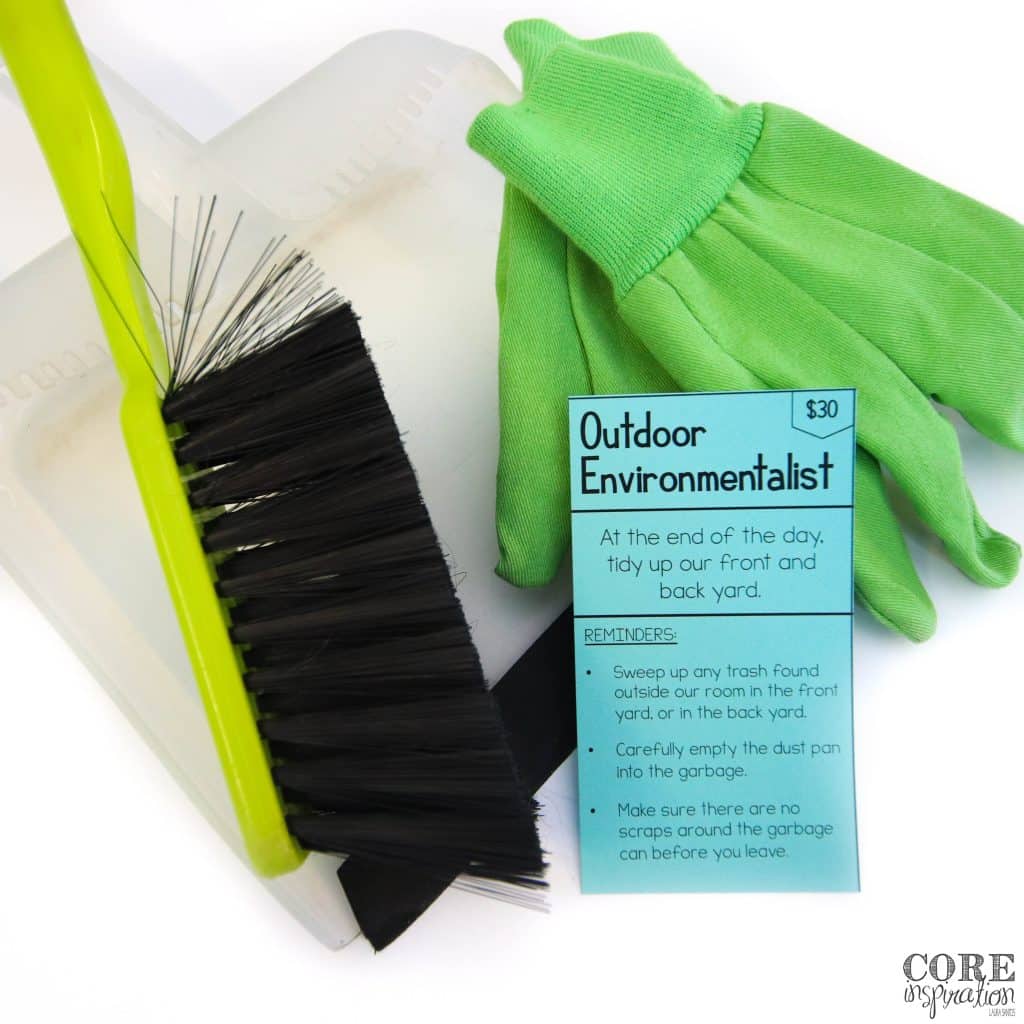
Accepting Applications
The dedication my students have to their class jobs was taken to a new level when I started incorporating applications into our classroom economy system. In order to be hired for a job, students complete an application stating their qualifications. Applications can be completed at home, after students complete their bellwork, or anytime we have class shop. Once an application is submitted, I quickly read it to check for completeness. If the application is detailed, I add the student’s name to my application tracker and send the application home in the student’s weekly work folder so his/her parents can see it. If the application is lacking, I return it to the student and ask them to reread the job card, add more detail to their application, and resubmit when ready.
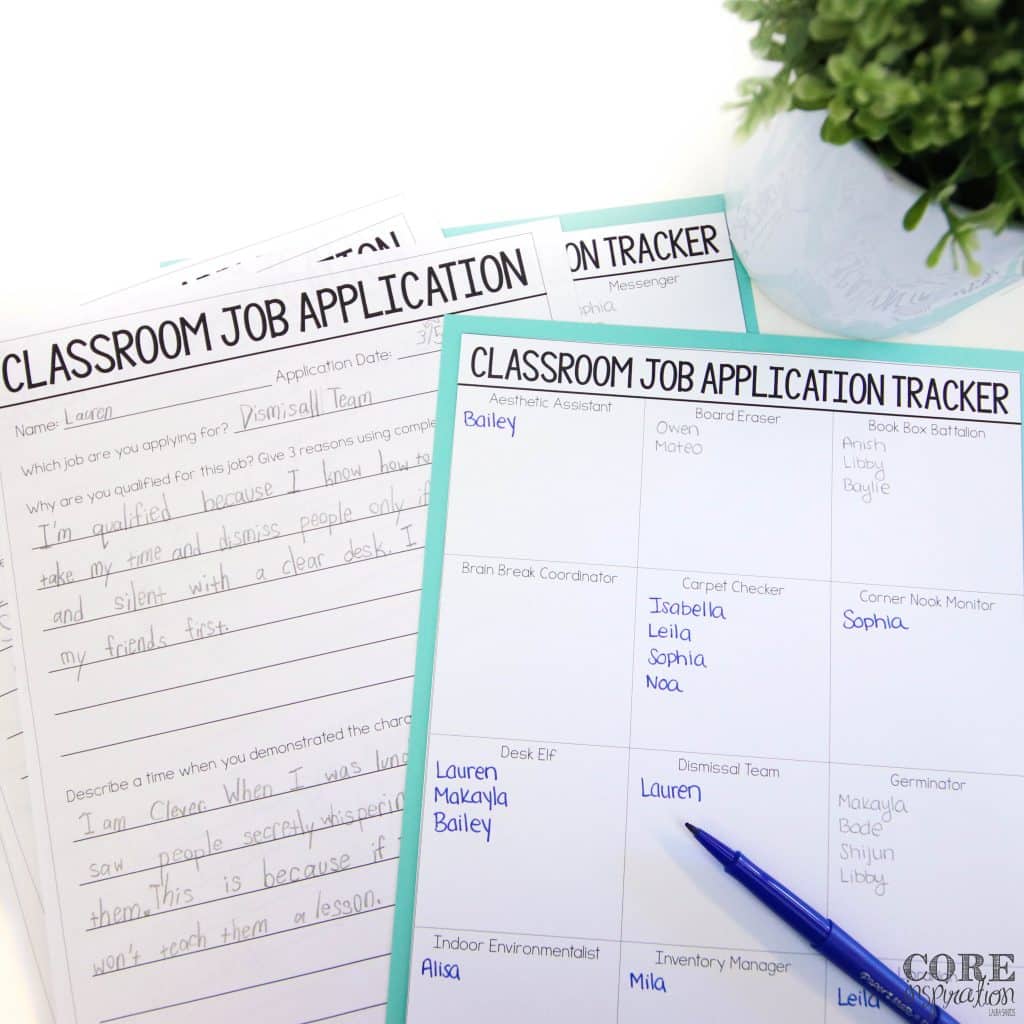
On the first Monday of each month, I pull out my application tracker and hire candidates for their new positions. If ever a student wishes to “resign” from a job because they feel it isn’t a match for them, they must give me their verbal resignation and finish their placement until the end of that week. If a student is hired for a job, and does not carry out the job responsibilities, they receive one warning. If performance does not improve, they are fired and another candidate is hired. This real-world connection is another strong motivator that boosts student dedication and responsibility.
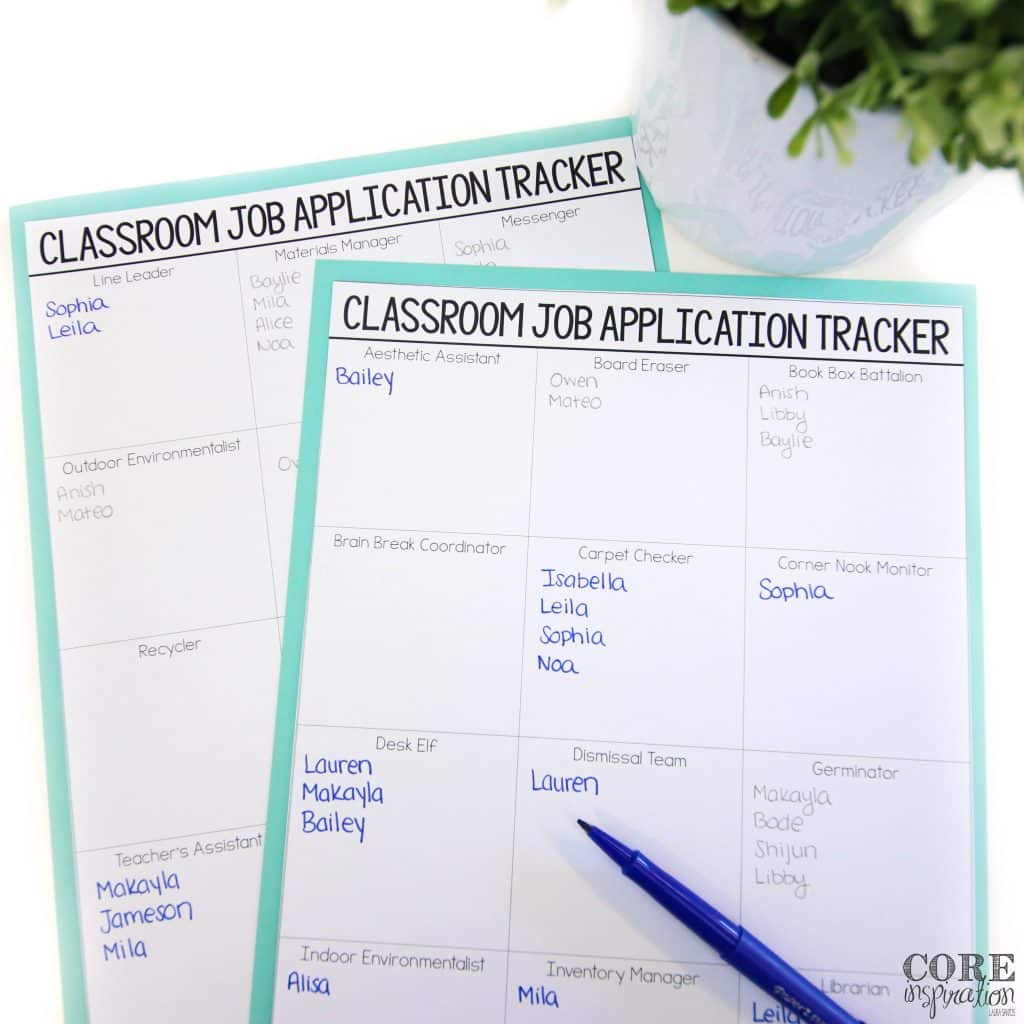
FAQ About Job Applications
I receive many questions about the application process through Instagram DMs, blog comments, and email. Here is a collection of the most frequently asked questions and responses:
Do all your class jobs get applied for?
There are some months when I rotate the jobs and realize I have some jobs that are not filled. If this happens, I hang the cards for the jobs that need to be filled on our whiteboard and mention them during our morning meeting. Students always apply to fill those positions that same day. I wait until after school to hire for those positions so I have a quick moment to read any applications that were submitted.
What do you do if too many students apply for one job?
There are definitely more popular jobs that are applied for by multiple students. I simply use my application tracker to make note of everyone who has applied and work through hiring them one by one in the order I received their application.

Does every student have to have a job every month?
Students do not necessarily have a job every month. There are some months when they are “unemployed” and help around the classroom during tidy up time by picking up scraps, organizing their desk, and straightening the room.
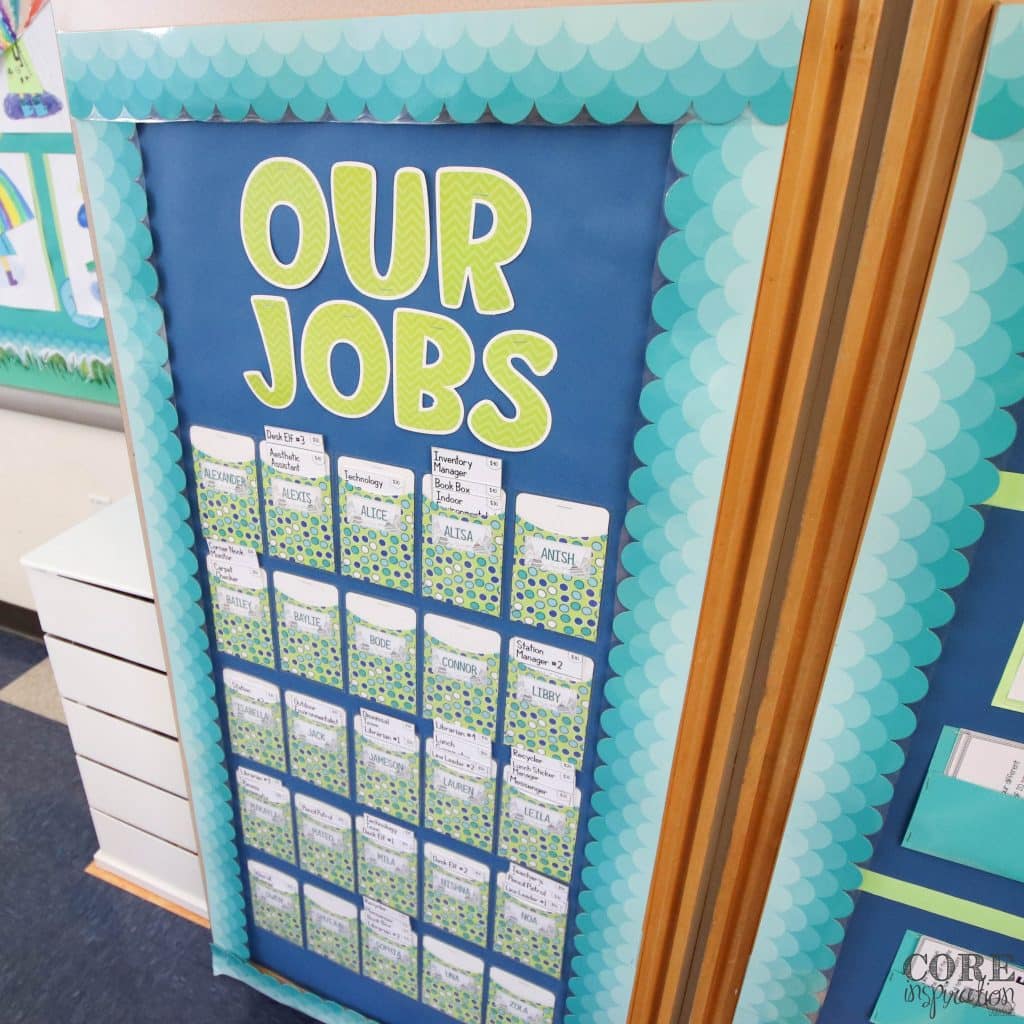
Can a student have multiple jobs?
Yes, my students are allowed to hold multiple jobs as long as the timing of those job duties does not overlap. For example, I would not have a student working as a librarian and a recycler because both jobs must be completed during the last ten minutes of they day during tidy up time. I would have a student work as a librarian (which is an end-of-day job) and a messenger (which is a job that takes place throughout the school day).
How often do the students apply for jobs?
My students have the opportunity to complete applications if they finish their bellwork early, at home for homework, during tidy up if they finish their job early, and during recess or lunch if they are interested (in this case they take a clipboard and application with them outside). I have applications flowing in a different times, so I simply have students place them in a bin on top of our filing cabinet as soon as they are done. I read these applications after school and add the names of qualified applicants to my application tracker.
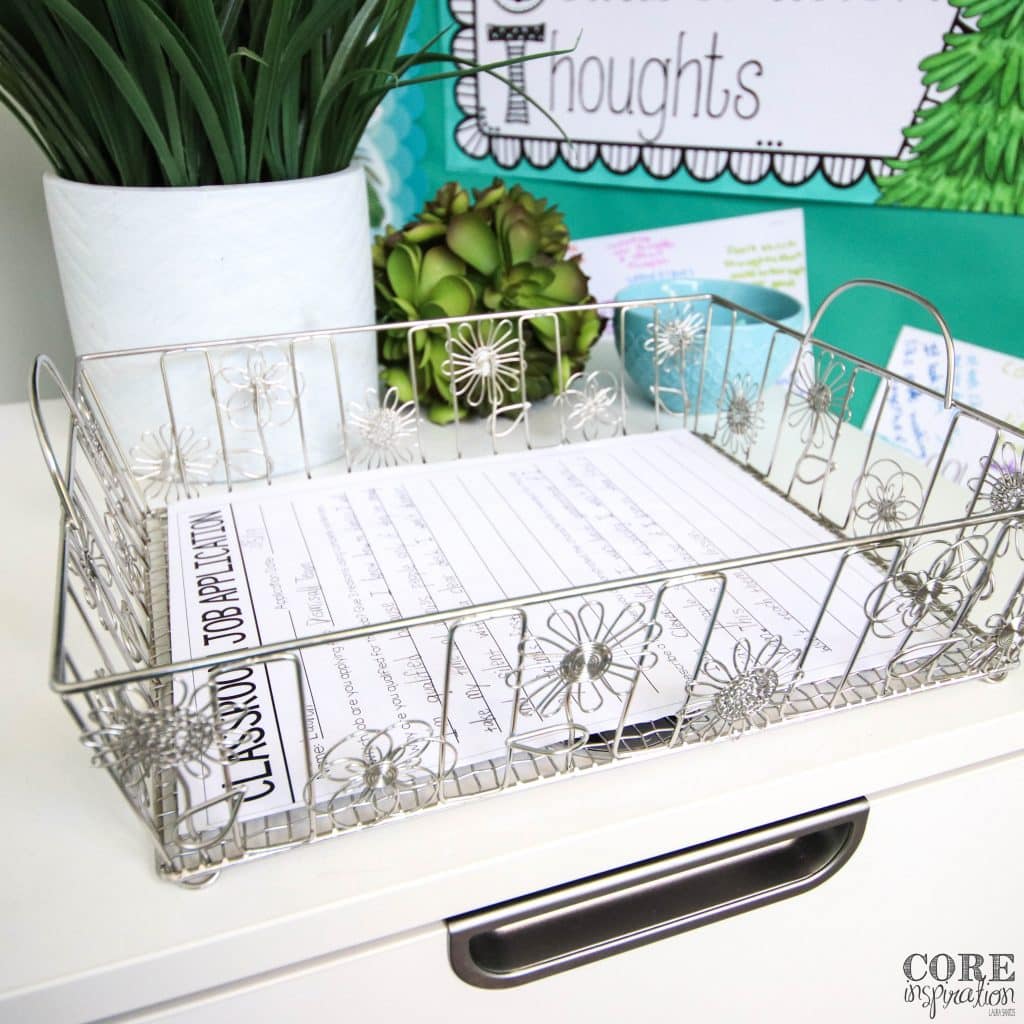
Do you keep track of the jobs each student has had so each student gets an opportunity to try each job?
I do not keep track of this because I like to make my economy system as realistic as possible. Not every student in my class gets every job, not are they interested in every job. Sometimes a students misses out on being hired for a job they really desire because another application was more thoroughly written, or another applicant showed more responsibility.
Paying Students for Classroom Jobs
Once students have been trained and hired for jobs, it’s time to create a system for delivering class job payments. A few questions to consider when planning to pay your students:
- Is it easiest for you to pay students every week or every month?
- Do you want to deliver cash to their desks, to mailboxes, or to pockets?
- Will you be responsible for payments or will that be a class job?
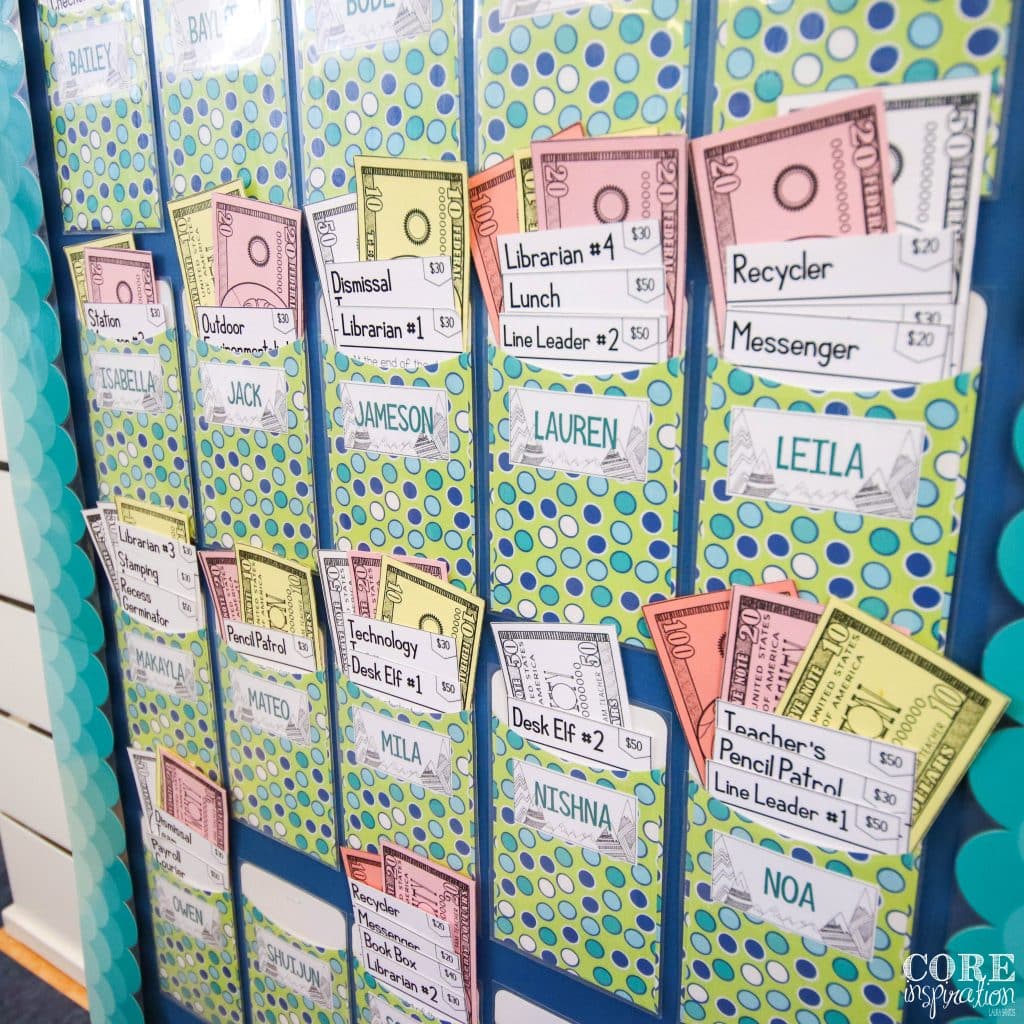
Here are the details on how we pay job salaries in my elementary classroom. Every Friday during tidy up time, our class Payroll Courier places payments in each job pocket. In the upper right corner of each job card, the weekly salary for that job is printed so this process is expedited and accurate. Students know they should not be anywhere near the job board during tidy up when the Payroll Courier is completing his/her duties. This helps to limit distractions during this important process.
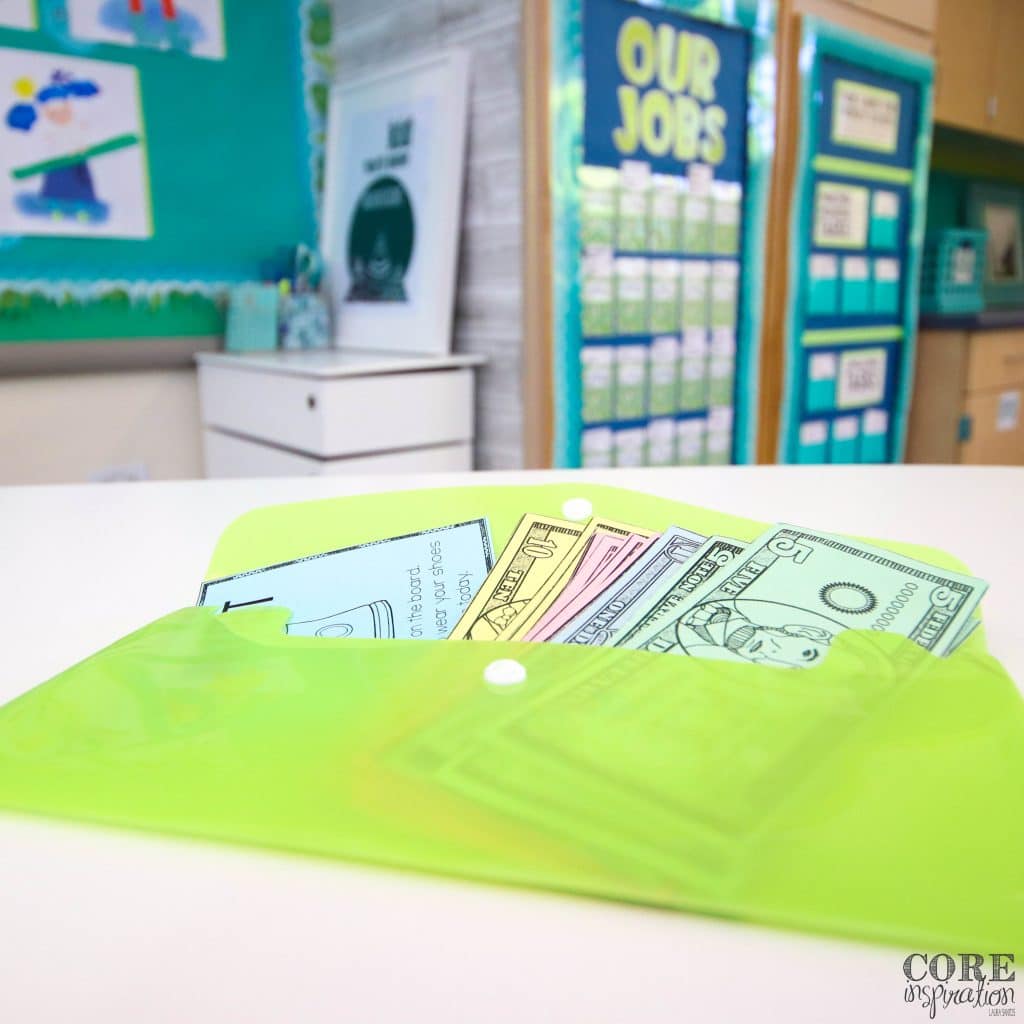
On Monday morning, after students complete their cut, label, pocket routine for bellwork, they walk over to collect last week’s payment and read their job card for the week ahead if needed. Students stash their hard-earned cash in a wallet, which is kept in their desk. The wallets we use are very durable plastic envelopes from The Container Store. These study holders can last through multiple years of use, and help students maintain strong desk organization.
FAQ About Classroom Job Salaries
Do you deduct pay from students if they miss a day of school?
I used to do this, but I don’t any longer because it was too much for me and the Payroll Courier to track. If you want to try the approach of deducting pay for missed school days, I suggest making all your salaries are a multiple of 5. This makes it easy to divide the salary by five and deduct the accurate amount.
What happens if a student does not do their job throughout the week?
If a student is not doing their job, or they are being disrespectful or irresponsible when completing their job, I have a quick chat with them and give them a reminder of how important it is that we all put our best foot forward when completing our jobs so our classroom continues to be a special place where students are empowered with independence. If they continue to neglect their responsibility after this chat, they lose the privilege of having that job, and the next candidate is hired to replace them.
Setting Up A Class Shop
To complete your classroom economy, you may consider opening a class shop where students can spend their class cash on exciting experiences. Although you can certainly brainstorm your own “products” for your class shop, you can further develop student buy-in to your economy system by having them help with stocking your shop with passes that are interesting to them. Begin by hosting a class shop brainstorm session when students can think up different class passes they are interested in purchasing with their class cash. Remind students to think of realistic rewards that won’t cost money.
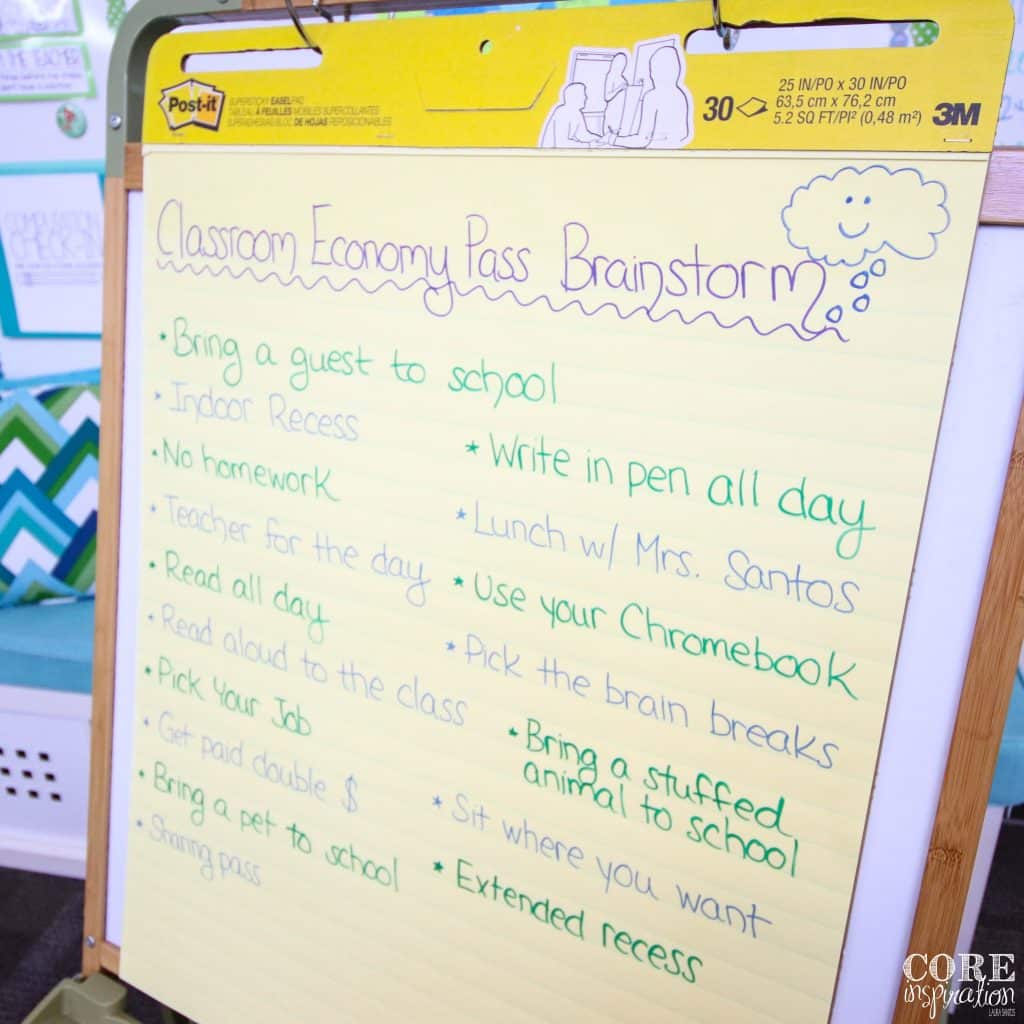
After you collect their ideas (and you’re always sure to get a few very creative suggestions) narrow them down to the selection you can realistically provide, and assign a dollar amount to each pass. A good rule of thumb is for your cheapest pass to be purchasable with one week’s salary and your most expensive pass to be purchasable after saving for a couple months. This provides the opportunity for conversations about spending and saving.
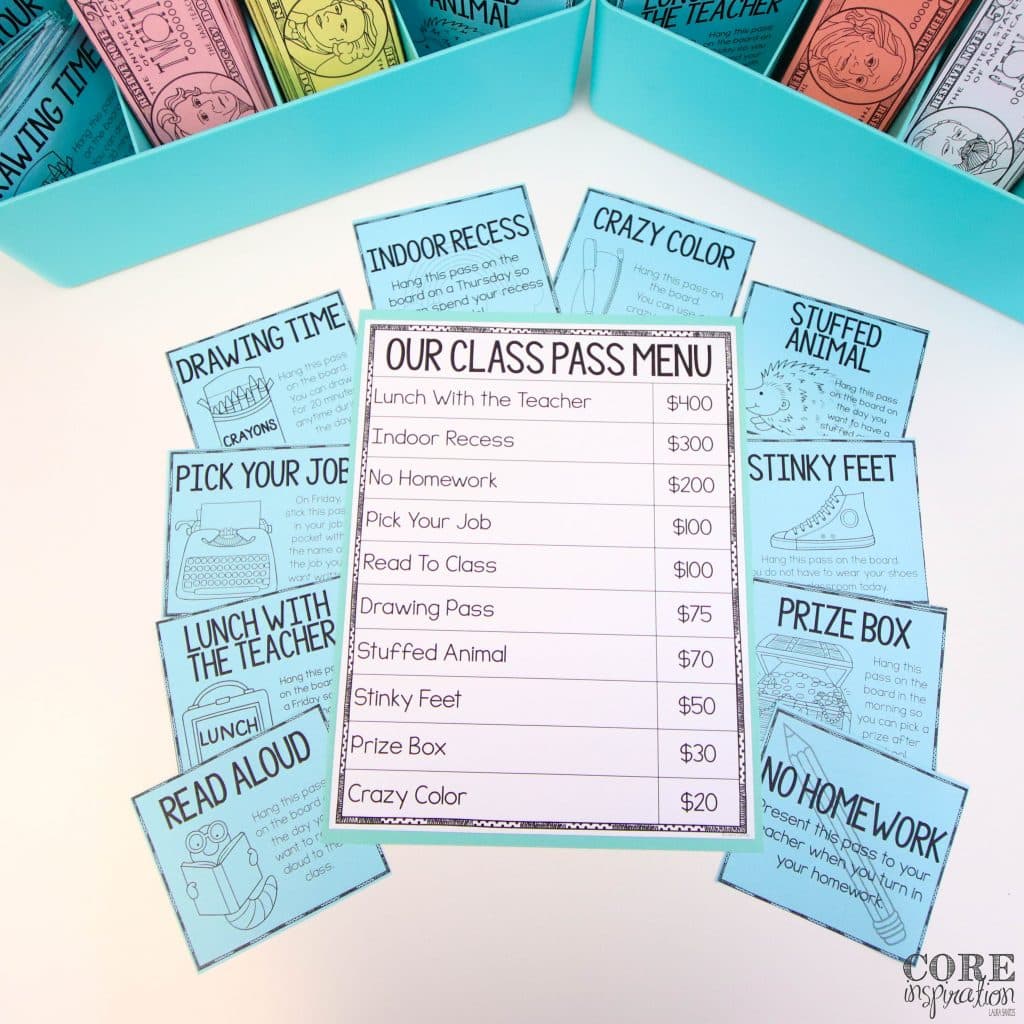
Once your passes are designed and printed, set a routine for how often students will be able to purchase passes. Every other Friday after lunch, our class shop opens for business. This is a 20 minute block of time when students can use their cash to purchase class passes and make cash exchanges. This is an amazing opportunity for students to practice counting money. If change is required for a transaction, I they are required to tell me how much change I owe them.
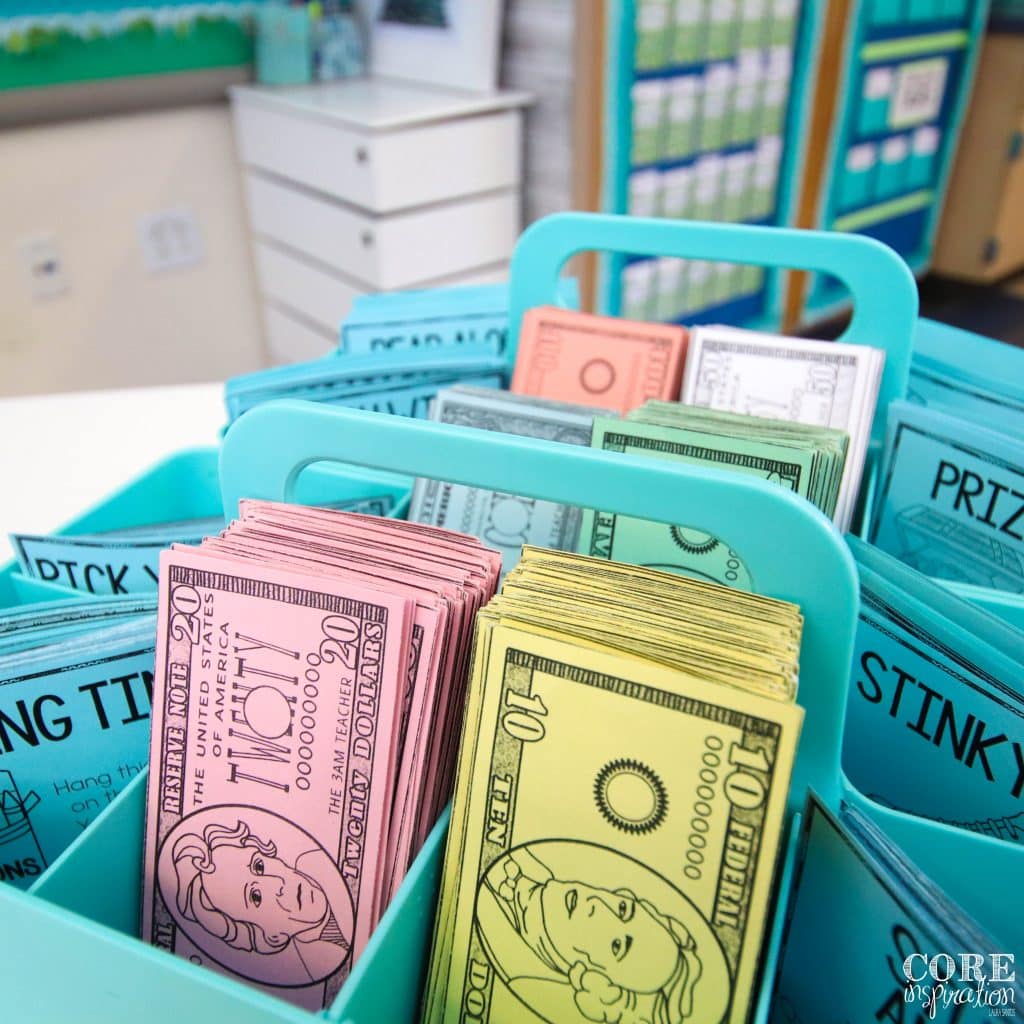
I highly recommend setting a firm limit on the amount of time each group has to make purchases. If you don’t, a half hour or more will slip by in a flash. In our classroom, I give each group of six students four minutes to shop for passes. While groups are shopping, other students are expected to fill out job applications, complete any work in progress, write in their journal, or read to self.
You may also want to set expectations for what students can do after they have purchased a pass. These questions can guide your planning:
- Can students hang their pass on the board immediately?
- Can students use multiple passes on the same day?
- Are students allowed to trade passes with peers?
- Are students allowed to return passes for a refund?
- Can students sell their passes to their peers?
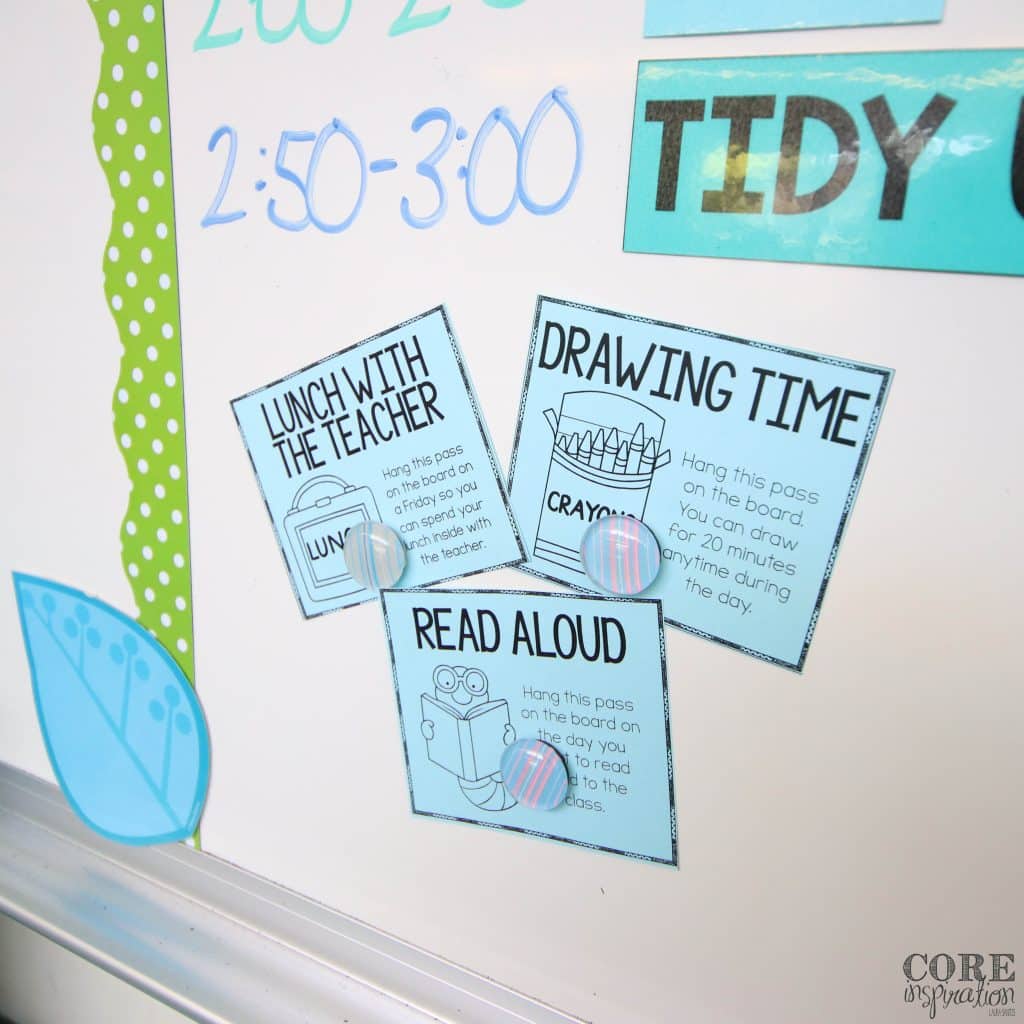
In my third grade class, I only allow students to hang passes on the board for the first 15 minutes of the day while we are doing morning work. They are allowed to use as many passes within one day as they’d like. They are not allowed to trade passes with peers, sell their passes to peers, or return their passes for a refund. I find these expectations create a smooth-running system and eliminate classroom economy disagreements.
Are Your Ready To Launch Your Own Classroom Economy?
If you are looking to implement a classroom economy system that is efficient, requires little maintenance, boosts student responsibility, and gives students practice with money management, I highly recommend implemented the steps above. Your students will love being involved in this meaningful experience. Parents will appreciate the real-world skills students gain from your mini economy, and you will have a few extra minutes to plan meaningful instruction in your smooth-running, tidy classroom.
If you would like a resource that gives you a jump start creating meaningful classroom job cards, check out my free Editable Classroom Job Cards. If you’d like the fully-developed classroom economy tools I’ve described in this post, try my Editable Classroom Economy Toolkit. This resource includes editable and ready-to-print versions of:
- Classroom job cards
- Tidy up tickets
- Classroom Job Application
- Application Tracker
- Class Passes
- Class Shop Menu
- Printable Class Cash (US, Canadian, and Australian currency included)



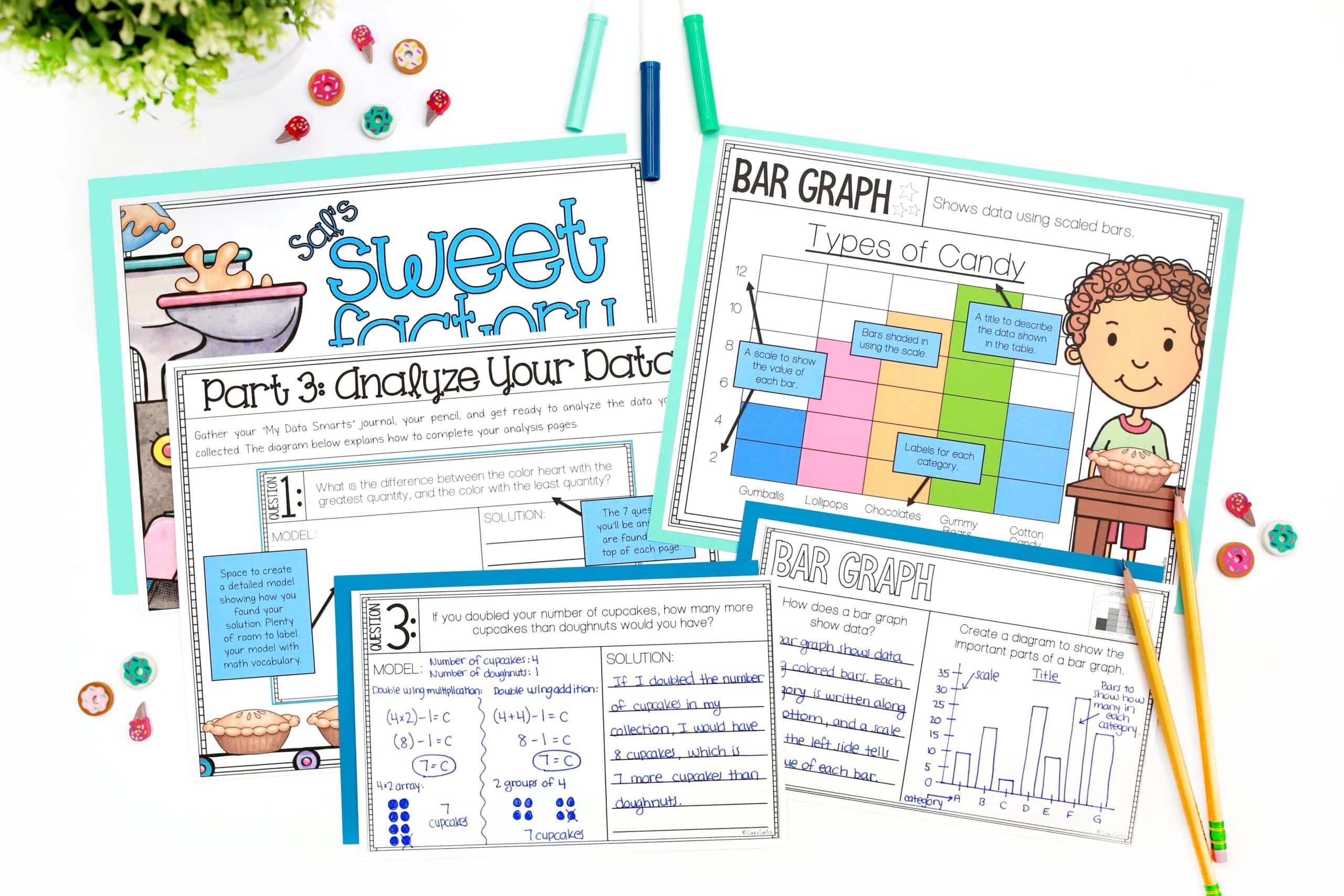
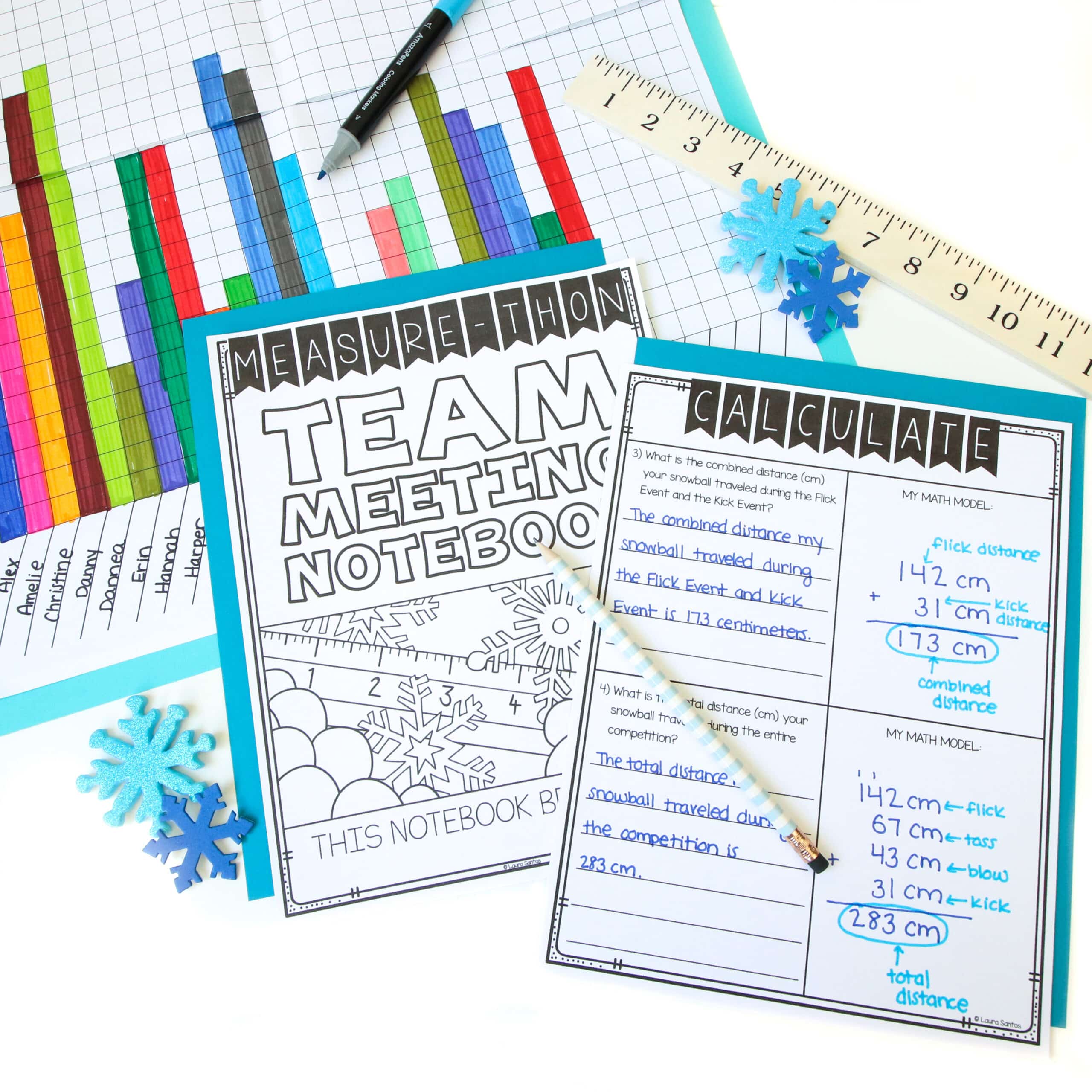

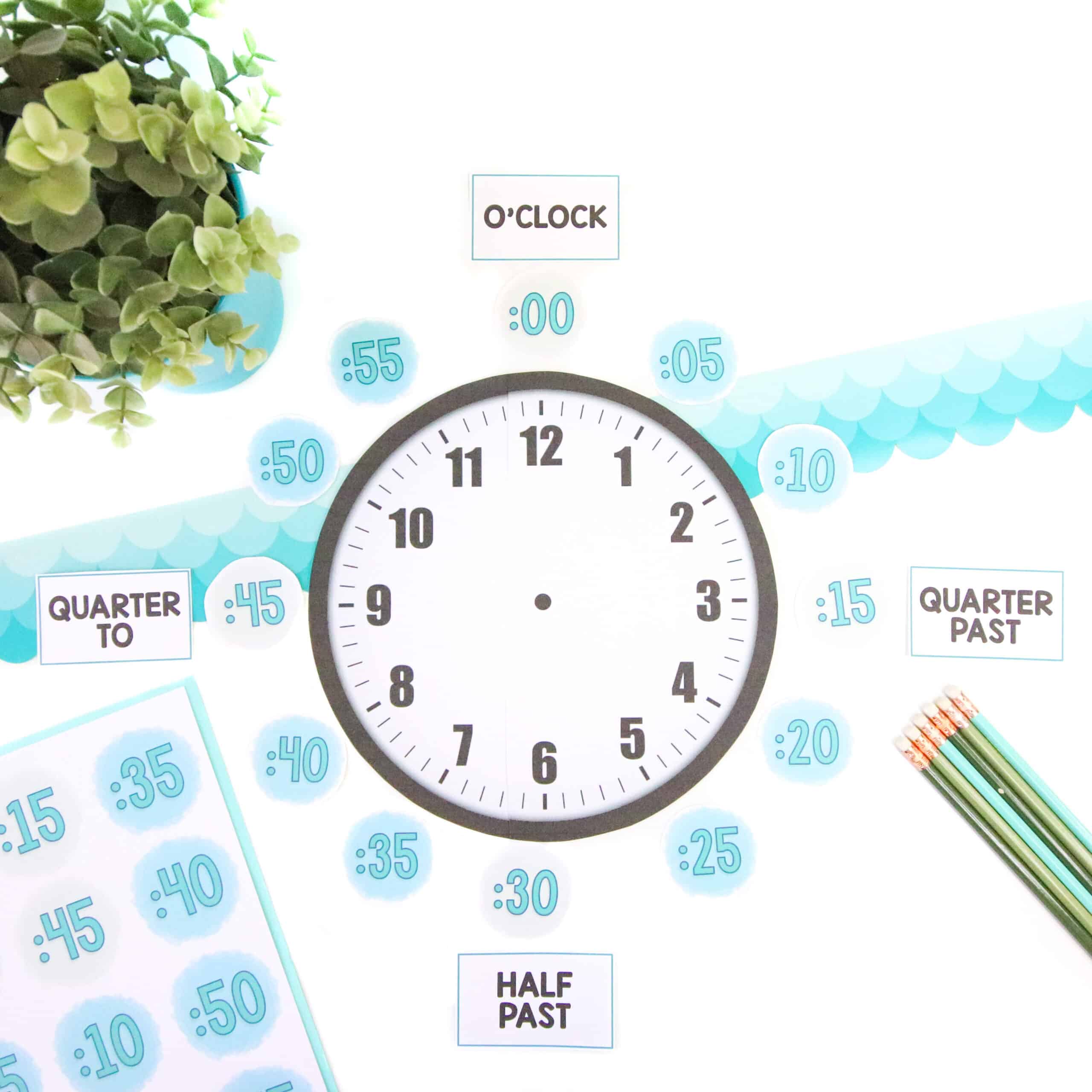
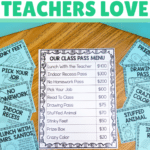
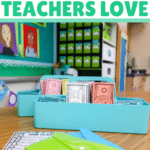



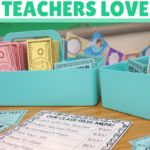
67 Responses
OMG! I absolutely love this! This is Super Creative. I downloaded the Classroom Jobs from TPT but do you have a copy of the class pass menu and the incentives descriptions?
Thank you! I am working on adding the class cash, the class passes, and the menu to my TPT store. I am currently finalizing another project but it is the next one on my list. 🙂 Stay tuned.
Hello again RW, I just uploaded the toolkit to my TPT store which includes editable class passes, an editable class pass menu, printable class cash, and an editable job application. You can find the Editable Classroom Economy Toolkit here.
How often do the students apply for jobs?
Hi Eunice! My students have the opportunity to write job applications every other week during our class store time when they are waiting to come to the store to make their purchase.
Do you charge them for misbehavior? If not, what are your thoughts on doing so? I was thinking like debits for talking and bonuses for excellence.
Hi Christina,
I don’t have our economy connected to behavior. I use the Responsive Classroom framework as a foundation for behavior management. My philosophy is that consequences for misbehavior should be directly connected to that behavior.
Our overarching focus is R.E.S.P.E.C.T. and students know there are three ways they will be supported in maintaining respect at all times:
1. If you break it, you fix it.
2. If you aren’t responsible – you lose a privilege.
3. At times you need to “take a break” (remove yourself from the situation by moving to our take a break spot, recenter, and reflect on how you can start fresh when you rejoin the class).
Of course, this is not the only approach to behavior management…just my preference.
Hope this helps answer your question.
Laura
I love the blue caddy that you use to hold the money….where can I find that?
I have the same question! Where do you get the blue money holder?
Hi Jenny and Katie, the money holder is from The Container Store. It is called an Eight Compartment Supply Caddy.
What happens if a student does not do their job throughout the week? Do they not get paid that week? Or how do you go about that?
They get one warning. If they continue to neglect their responsibility, they lose the privilege of having that job.
Where did you purchase their individual wallets?
The wallets are from The Container Store. You can find them here.
Who completes the job if a student is removed from doing that job?
They are replaced with another student who has applied for the job. 🙂
This is such a great idea, and I will be using it in my classroom this year! What did you use for their name pockets?
I used pockets from Creative Teaching Press, but I don’t recommend them…I have used other pockets that were much better quality in the past but can’t recall where I got them. I will give something new a try this year. 🙂
Wow!!!! This is AMAZING! Thank you!!!!!
Thank you Amy. 🙂
I was wondering if you have tidy up tickets that go along with the Desk Elf job.
Hello! I love this and am implementing it this year in my classroom. Just curious, does each of your students have a job each week, or are there some without jobs? Do you keep track of what jobs each student has had so each student gets a shot at each job? Also, if a student has a job for the month do they ever get a chance at the weekly jobs? Thanks so much!
I would like to know if each student has a job each week, as well.
Hi Tamara,
Most students have a job each week. There are times when a students may spend a week unemployed because they haven’t filled out a job application recently and none of the weekly rotating jobs are assigned to them.
Laura
On the Go Noodle Coordinator job card you have an activity log and Go Noodle planner listed. Do you have those materials available? Thanks so much!
Hi Deb, I had my students create the brain break planner each week using a blank piece of paper. They drew a 3×5 grid (3 brain break choices each day for five days). They then filled the planner in so it was quick and easy. 🙂 The activity log was something mandated by our district because we were being audited for activity minutes.
Hello, I saw on your instagram video about your desk fairy and I was wondering if you have this posted anywhere. What this one of your jobs?
Hi Emilie, this is one of my class jobs. I the job card included in this freebie: https://www.teacherspayteachers.com/Product/Editable-Classroom-Job-Cards-762281
Hello
Maybe I missed this when reading, but does every student have to have a job every week? I’m already thinking about next year and wondering if I should start thinking of 28 jobs or if the 14 I had this year is enough. Thanks
Hi Lauren,
Students do not necessarily have a job every week. There are some weeks when they are “unemployed” and help around the classroom during tidy up time by picking up scraps and straightening the room.
Warmly,
Laura
This is a great idea! I love it! Do you deduct pay from students if they miss a day or multiple days of school and therefore could not complete their jobs?
Yes, exactly. 🙂
Do all jobs get applied for? What do you do if kids all want same job?
Hi Doris,
There are some months when I need to post the jobs on our whiteboard because I do not have any applications for a particular job (usually because students didn’t remember to apply). They apply to fill the position that same day. There are definitely more popular jobs that are applied for by multiple students. I simply use my tracking sheet to make note of everyone who has applied and work through hiring them one by one.
Warmly,
Laura
Hey there! I purchased it from you and am very excited to use it this school year!
I have a few questions;
1. Do you just rotate the easier jobs and don’t have kids apply for them?
2. HOW/WHEN do you introduce these jobs at the beginning of the year? I am freaking out and want to do it right the first time!
3. How many jobs do you intro per day at the beginning of the year?
Thanks so much for your help!
Hi Brittany,
Thank you for reaching out. Happy to answer your questions.
1 – I rotate my “easier” green jobs every week without any students applying for them…they get moved from one student to the next in chronological order.
2 & 3 – I introduce the jobs 1-2 at a time during the first month of school. I always start with germinator and line leader, then pick and choose 1-2 jobs every couples days based on what I need in the classroom. After a job is introduced, students are invited to apply for it, and I hire the most qualified applicant. I introduce a job by reading the job card, then modeling the job myself for a day or two before inviting students to apply.
Wishing you all and your students all the best as you get your economy rolling. 🙂
Warmly,
Laura
Thank you so much my dear! Happy new school year!
Hello! Would you be able to list the green “easier” jobs?
No problem Autumn! 🙂 The green jobs can potentially change from year to year depending on the group of students. Here are the jobs typically I print on green cards in my classroom:
Messenger
Materials Manager
Recycler
Lunch Sticker Manager
Dismissal Team
This looks like just what I have been wanting to implement! Thank you for sharing! One question…how much of each dollar amount of bills should I make?
Hi Lesley, I would estimate I have about 100 of each bill. 🙂
What a wonderful and thoroughly developed idea! I wish to implement it but do you think high school students would be interested? I often see them excited about something and quickly dismiss it a few days afterwards. I’m thinking of maybe having the highest “prize” be a book of their liking (requiring several months of saving) as I teach English Literature.
Hi Dany,
Thank you for reaching out. Having never taught high school, I’m not sure whether or not they would be interested. I always think it’s worth a try. I love adapting ideas I see from different grade levels, and even structures from outside the classroom. If we as teachers see the value in something and make it work for our students, that’s where we tend to find the most buy-in from them. 🙂
Wishing you and your students all the best!
Laura
Hi there! I love this system. I am likely going to be moving to 2nd grade next year and I have only taught K and 1st. Do you think this system would be manageable for second graders? Love your style and system!!
Hi Haley,
Thank you for reaching out. Congrats on your move to second! It’s such a fun grade to teach. 🙂 I used to teach second grade, and used this system with my students. They absolutely loved it. I hope this insight is helpful as you make a decision about the best system for your classroom.
Warmly,
Laura
Love everything about this and cant wait to impliment next year! Where did you purchase the blue bins?
Thank you Haley! The blue bins are from The Container Store. 🙂
Hi, love this idea! I hope to implement this in my classroom. I previously taught third grade but will be moving up to departmentalized fourth grade. Do you have any suggestions on how to manage it all for 3 switch classes? Also, when students apply for a job you out all the names down on your tracker sheet. So if you had 3 students apply for librarian first month, you would choose the best candidate. Do you keep the two other names on the list for the next month and take the next best candidate or you have new applications each month? I hope that question makes sense.
Hi Shannon,
Thank you for reaching out. 🙂 If I were teaching three rotations of classes, I would print three copies of the job cards on different colors for each class period, and print tracker sheets and applications on a matching color for each class so the cards, trackers, and applications all coordinate for each class period.
I think I would also alphabetize the names of all the students in all three of your classes and put them on one list, than print the names of three students to place on each job pocket instead of just one student per pocket like I’ve shown for my classroom. You could even take the organization a step further and match the color font for the names to correspond with the class period they belong to.
I do record the name of all students who apply on the tracker sheet and choose the best candidate for the month. This make is easy to hire other candidate for months when I might not get an application for a particular job.
Hope this is helpful as you get set up. 🙂
Warmly,
Laura
How are the class passes identified with the student who earned them once they are hung up to be used? How does everyone know who each pass belongs to?
Hi Esther, students write their name on the back of the pass with pencil before hanging them on the board.
I have a couple questions.
1. At the end of each month, do you have kids fill out a new application for another job?
2. The jobs that are not applied for, once you post them on the board do you have student fill out an application paper? or do you just let them take the job?
3. Do you try to come up with enough jobs so all students will have one?
4. If a student does not have a job, are there ways for them to get paid?
5. Do you take money away from them?
I am sorry, I really really like this idea and want to make sure I understand it before implementing it 🙂
Hi Bailey,
Thank you for reaching out. Here are my answers to your questions. 🙂
1. Students have the option to fill out applications at any time throughout each month. Some students opt not to complete any applications for a month, while others complete multiple applications.
2. Students must complete an application for any job before it is assigned to them. That way they take time to really think through the job and have a stronger commitment to completely the job daily.
3. Not all students have jobs at all times, but I have more than enough jobs that would allow for that to happen. I think this year I had 32 jobs, but only 25 students.
4. No, the only way to be paid is by having a job.
5. The only time they owe me money is if we have a fire drill or earthquake drill and they make the decision to talk. I call it a “fine”. I don’t have the money connected to behavior at all, or have a system where they have to pay rent for their desks or anything.
Let me know if you have any other questions. 🙂
Warmly,
Laura
HI, I love this so much. I used to use an economy system…it was so involved. I have not used it for the past several years, but am thinking about doing it again. I like your version. It seems much easier to manage. I saw that you got the bins at the Container Store. I cannot seem to find that style. Do you know the name of the container or have a link?
Hi April,
Thank you for reaching out so kindly. 🙂 Can you clarify which bins you are referring to. Happy to send the link, I just want to make sure I’m looking for the right bin.
Warmly,
Laura
I was wondering about the blue ones that hold the money and certificates…I think it looks like you use it as the “bank” for the classroom cash.
Hi Laura,
I’d love to know where you got your teal bins to hold the money and certificates. They are so cute!
Thank you!
Sarah
Hi Sarah, you can find that bin here.
Hi there. I love your blog! I’ve spent my entire Day of social distancing reading everything and I love your classroom management posts. I do something similar but I’m curious how you manage the passes?
1. Is there only one pass per reward? Or can more than one student use the lunch with the teacher for example?
2. Is there one day where everyone uses the past they’ve bought or do you do it throughout the week when the students want to?
Thanks!
Hi Zach,
Thank you for the kind message. There are multiple passes available for each award, therefore any number of students can purchase and use each type of pass at any given time. Multiple students are allowed to use the same type of pass on the same day. The only pass that has a limit to the day students can use it is the “Lunch with the Teacher” pass. I reserve this pass for Fridays only since I typically don’t have lunch meetings or much to prep on Fridays at lunch. Thank you for reading my blog and for reaching out. 🙂
Warmly,
Laura
I love these ideas!! Have you checked out ClassEquity.com? It’s a digital “bank” for students, and helps streamline running your classroom economy. Students can also apply for jobs online and upload resumes. It would be great to use in combination with your paper resources!!
When in the year do you start discussing your classroom economy? I’m moving to 4th grade this year and I’m so excited to start this.
Hi Blair, thank you for reaching out and congrats on your move to 4th grade! 🙂 I start introducing the first couple jobs on the first day of school then slowly roll out the introduction of jobs over the first 4 weeks of school. I start with line leaders on the first day – the job is introduced and modeled day 1, but not assigned until day 2. The way I decided which order to introduce the jobs in is based on what roles I feel make my job easier right off the bat. 🙂
I downloaded your editable classroom job cards but I was unable to edit them. It said they were read only. How can I get them to be editable cards?
Hi Glenda, are you using PowerPoint to open the file? Once you do that, you will be able to edit. 🙂